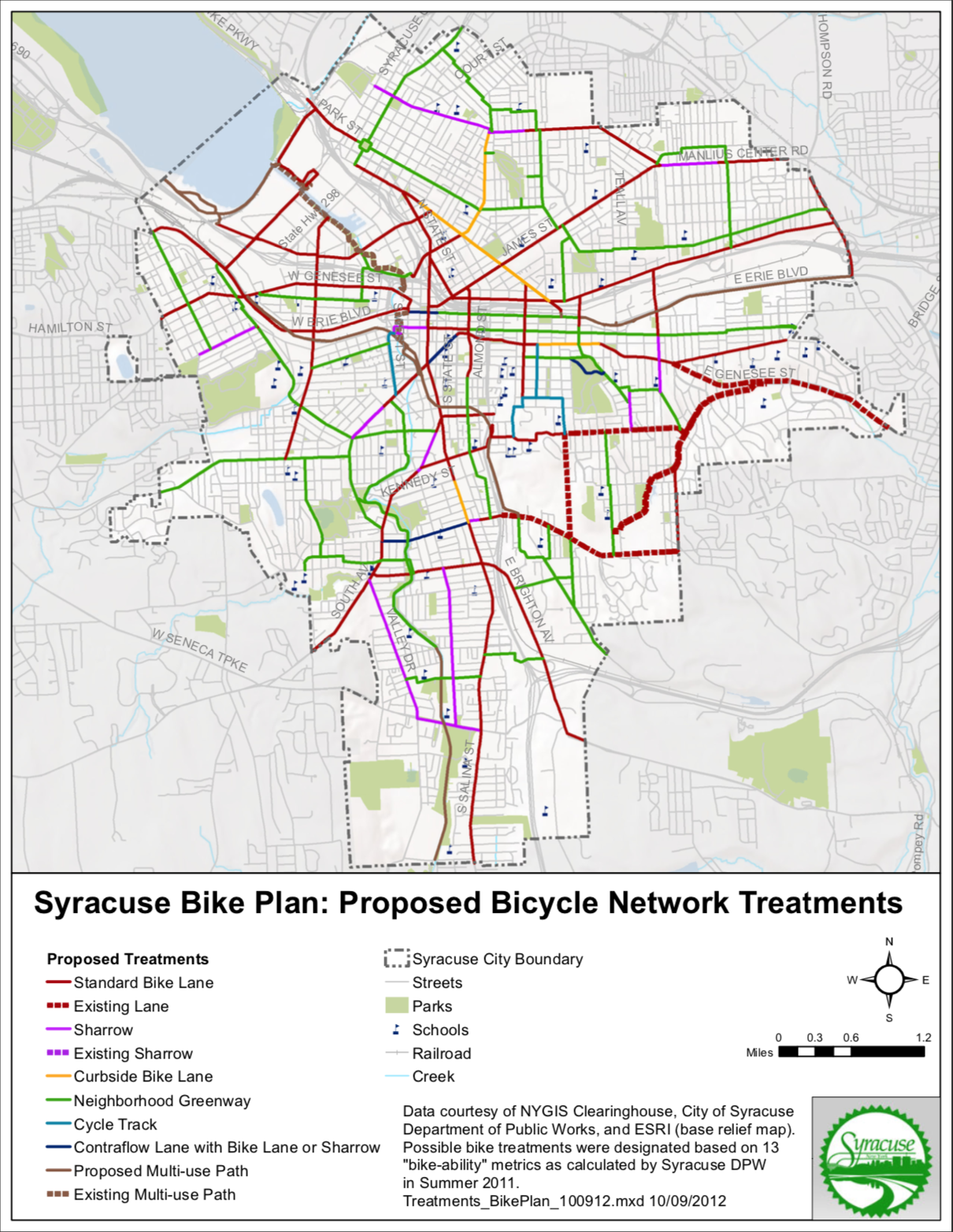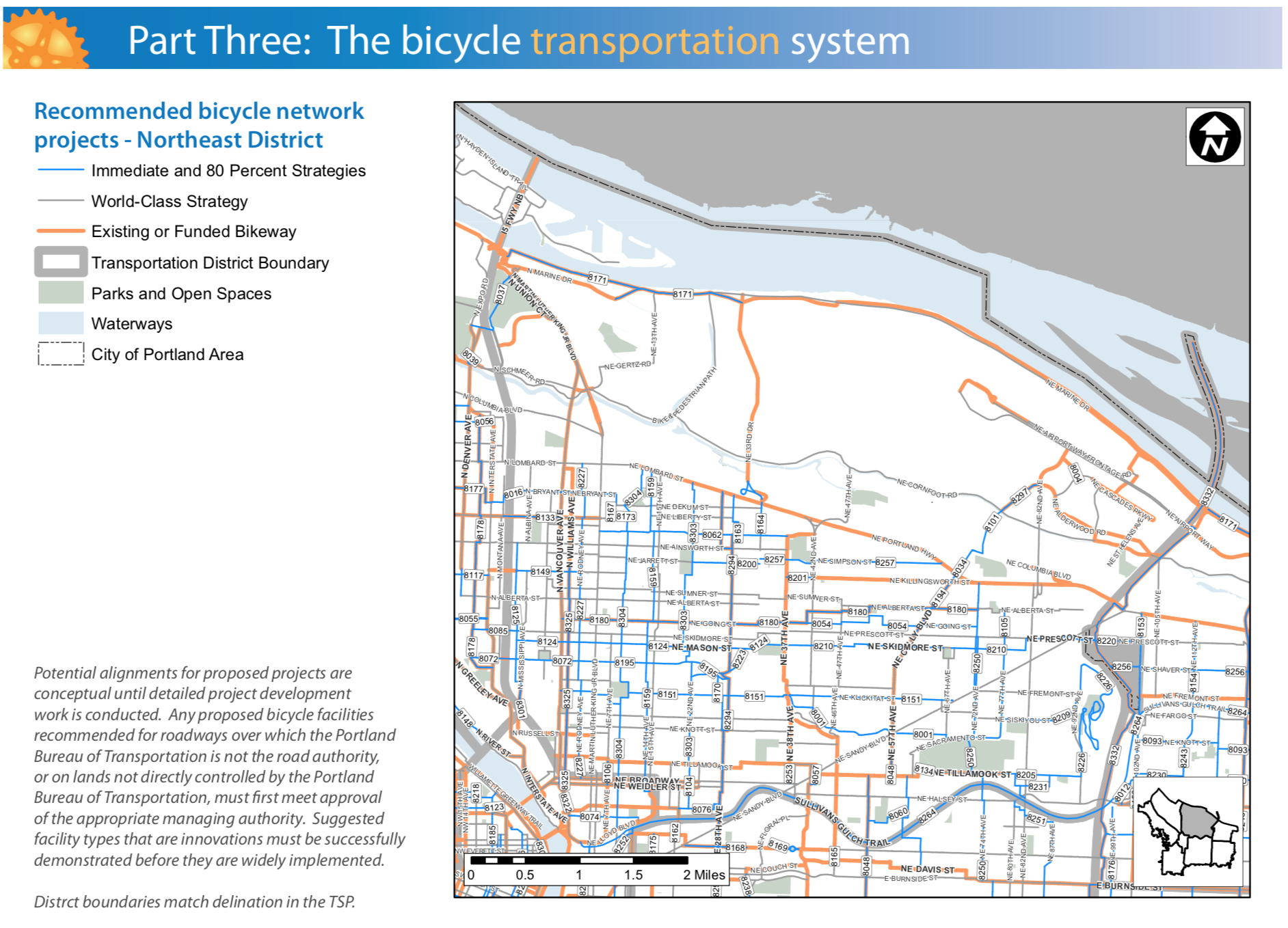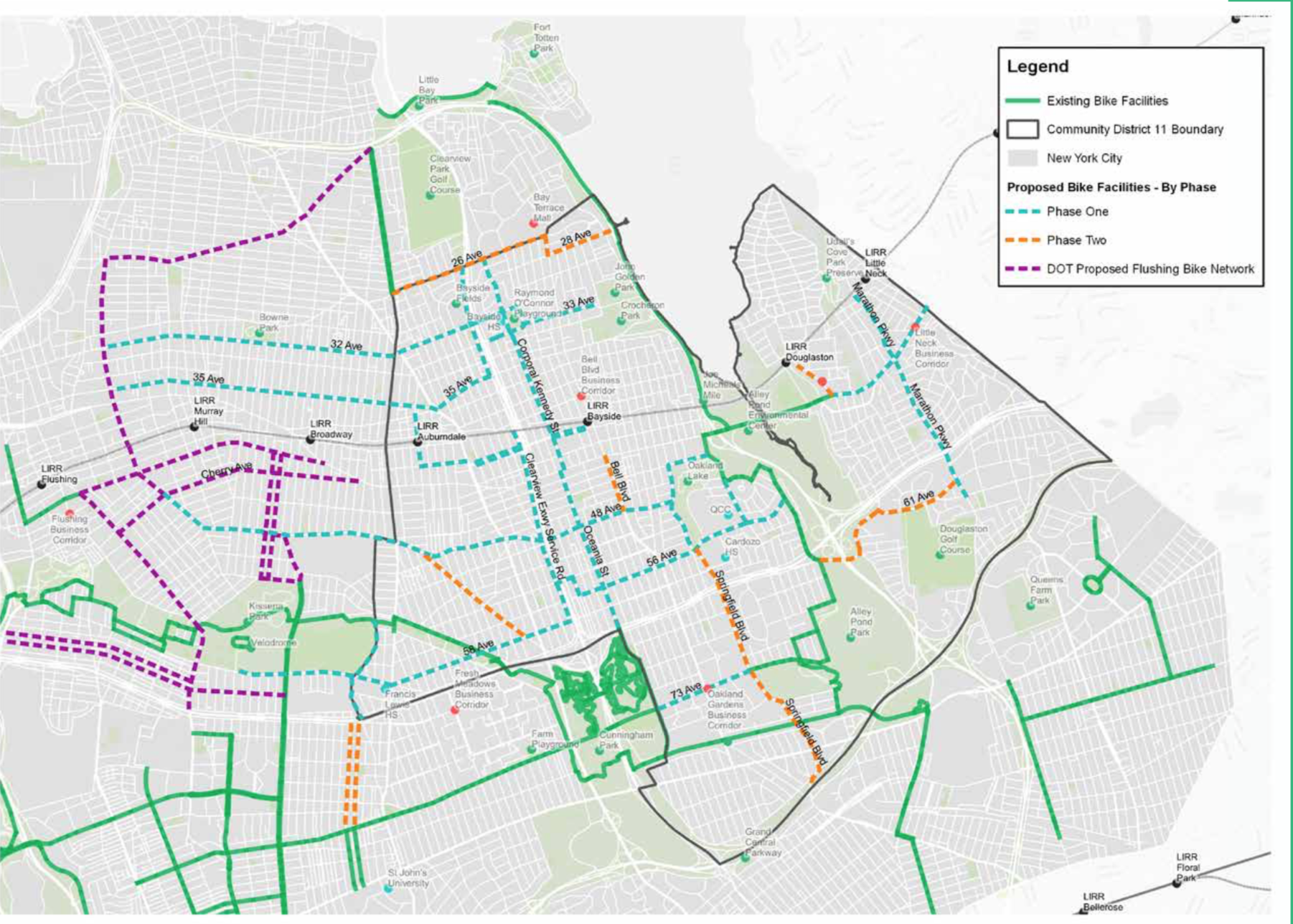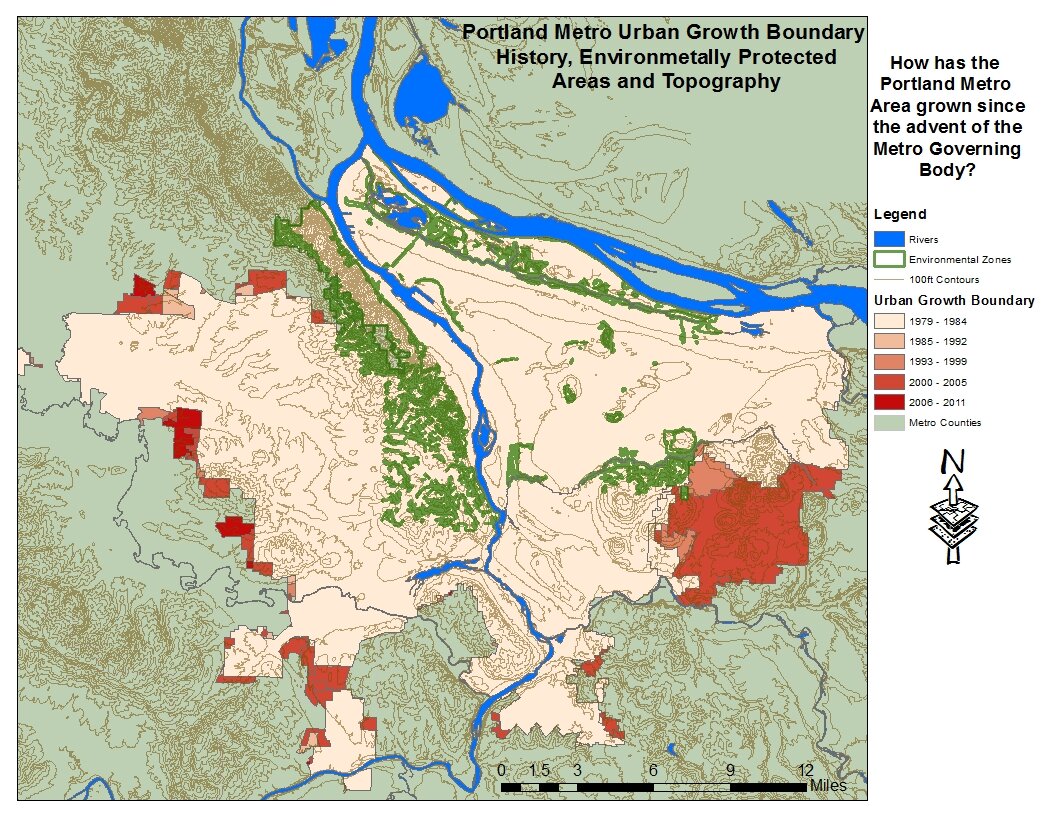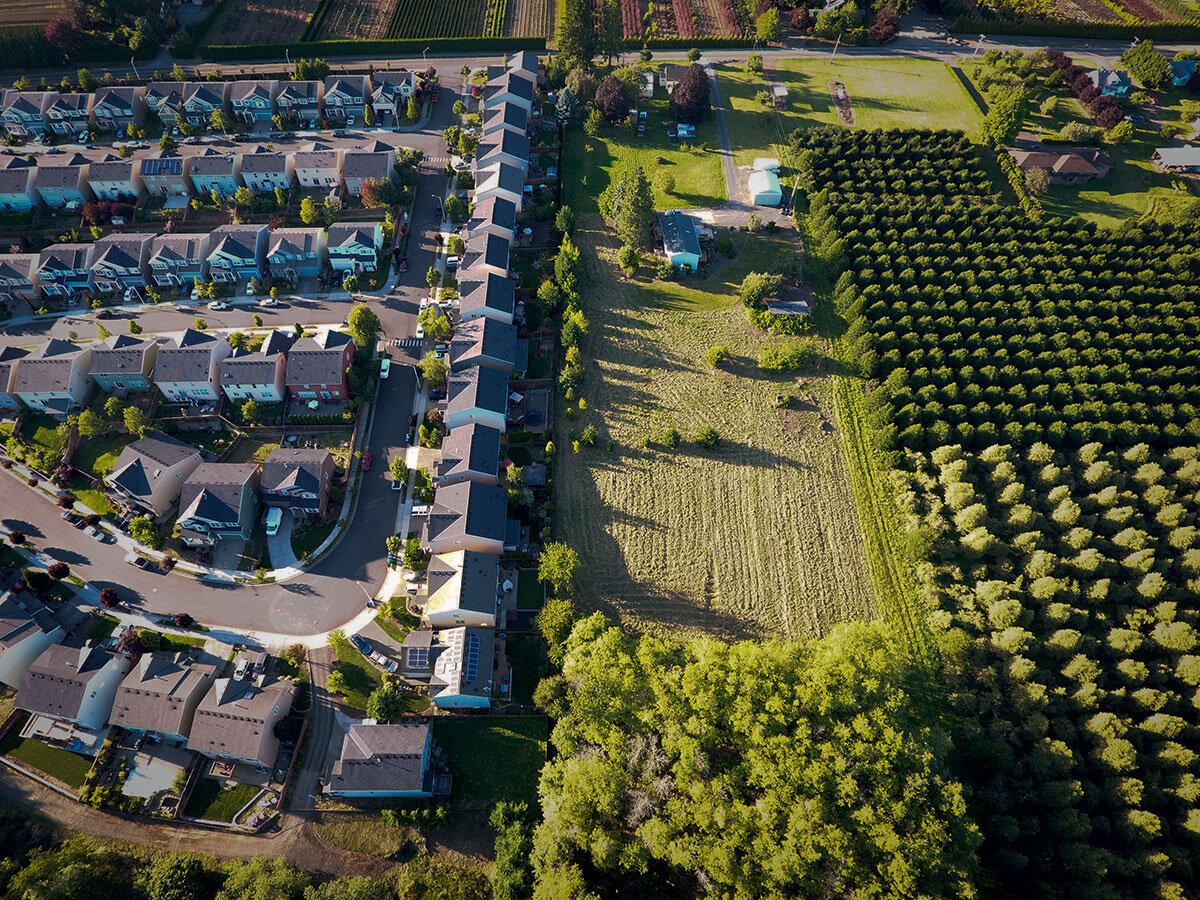The City of Syracuse has been on a mural painting craze in 2022, with a City sponsored program (City as Canvas) funding murals in eight different neighborhoods and local businesses funding their own artworks. This continues a trend of murals popping up in cities across the country. As I’ve traveled through various Rust Belt cities over the past year, murals have been an increasingly popular way to liven up spaces around vacant lots or parking areas next to recently renovated buildings. They bring color and character to spaces that once sat empty for decades, and I am all about it. But, we shouldn’t just think of murals when we look for ways to brighten up our cities. We should be embracing color in everything we do - on our buildings, our roadways, our parks. Let’s take a look at different ways cities have embraced color and point out opportunities across Syracuse where color can be added to our everyday lives.
Murals
Murals have been part of the human experience for thousands of years. Nearly every great civilization has used murals to showcase different aspects of their culture - whether its the power of the gods, the value of the state, or key historical events.
Cities across the United States have embraced murals over the last several decades. Philadelphia, like many other older industrial cities, has seen murals as a form of reinvestment in each of its neighborhoods. Over the past 35 years, over 4,000 murals have been painted across the city, making it one of the largest collections of murals in the world. Closer to home, Buffalo, NY’s Albright Knox Art Gallery has been funding public murals across the Queen City since 2014. While some of the most powerful murals cover the entirety of a building’s facade, they can also be small, hidden gems meant to engage people as they walk around their neighborhood. This mixture is what makes murals so engaging. They surprise viewers and keep the urban environment exciting in a positive way.
Syracuse has plenty of examples of murals in all shapes and sizes. A massive mural depicting local basketball legends was just recently completed in Downtown Syracuse, created by a world famous muralist. At the same time, the City as Canvas program has looked to borrow a page out of the New Deal’s Works Progress Administration (WPA) by putting local artists to work on murals in each neighborhood. This is a model the City should continue to use beyond the initial eight murals. Partnering with local businesses and institutions, the City should create a fund to paint five to ten new murals each year, depending on the sizes proposed, and hire local artists to get the work done. A prime location for a series of murals would be the elevated train tracks that cut through the City, both through Armory Square and across the Southside. While coordinating with the railroad to get the effort kickstarted may be difficult, the color and life that the project would bring is worth the effort.
A personal wish of mine is to see the Atrium, which sits on the south end of Clinton Square, covered in murals. It is currently the ugliest building in Downtown Syracuse, but covering it in murals would elevate it to become one of the jewels of our city. Its blank walls, flush windows, and fairly smooth brick exterior could provide an excellent canvas.
But we should remember that murals are not the only way to bring color to our buildings.
Colorful Buildings
One thing you’ll notice the more you watch HGTV is the feeling that every house ends up being one of three colors: white, grey, or tan. These are the same colors most homeowners associations (HOAs) will allow. There might be some color added on a door or a darker trim around the windows, but we are increasingly seeing a homogenous look to our neighborhoods.
Now having some homogeneity in our built environment can be a good thing. Row houses, brownstones, Victorian homes are all often found in duplicates or groups of similar structures. The repetition can be part of the charm of a neighborhood, such as Brownstone Brooklyn. But if we start to take a wider look around the world, we start to see color playing a much larger role in these structurally homogenous neighborhoods, making Brownstone Brooklyn’s brown variations an outlier. Cities across the world, including many older American cities, have embraced color in their neighborhoods, resulting in bright, friendly neighborhoods. Philadelphia and Washington, D.C., as seen above, both showcase homogenous neighborhoods that embrace bright colors to add character and warmth.
Syracuse has some examples of this, with the most prominent being the five Sister Houses in the Park Ave neighborhood. These beautiful old Victorian homes are identical except for their color palettes. Back in Downtown Syracuse, the Hudson Building has also worked to differentiate itself through color, bringing a bold, forest green to a streetwall filled with red brick. Color doesn’t always have to be bright, but going beyond the traditional color palettes help invigorate a space. We should encourage building developers to utilize materials that can be painted easily and updated to reflect the personalities of the tenants inside. Keep the designs simple and infuse them with life through paint.
Paint is not the only way to bring color to a building. Many taller buildings in downtown business districts have embraced light displays to enhance their skylines. These lights are often coordinated with one another to celebrate holidays, sporting events, or just bring awareness to different causes. While these light shows are beautiful to behold, we must get better about using the lights properly to not interfere with bird migrations and other natural occurrences.
Colorful Streets
We may not think of our streets as a place for any colors beyond black, yellow, and white, but they are public spaces and public spaces should embrace color wherever they can. Some may be more functional (bus and bike lanes) while others more decorative (street murals and painted plazas), but they all function to bring color and life to our cities.
When thinking of the more functional colorful elements, bus and bike lanes are often the first to come to mind. Often referred to as Elmo and Kermit due to their bright red and green colors, these lanes serve the important function of providing spaces for residents to get around outside of a private vehicle, giving them priority where possible. Also, as an avid Muppets / Sesame Street fan, I appreciate the references that bring a bit of childlike wonder to infrastructure. These are essential tools for every city, and they bring the added benefit of color with them. When you look at streets filled with bus and bike lanes, the visual appeal and interest of the space increases substantially.
Other functional colorful elements tend to be focused around intersections. Using brick or stone pavers for complete intersections, or specifically in crosswalks. Painted crosswalks (which is still frowned upon by federal agencies and the MUTCD) have been embraced by cities across the country. Rochester, NY celebrated the Eastman School of Music by painting a piano style crosswalk just outside its doors.
Other cities have embraced paint as a way to extend the pedestrian realm, through painted plazas and curb extensions. Seattle, WA has an extensive network of painted curb extensions that embrace colorful designs to draw the attention of drivers. Syracuse will be embracing the idea of a painted plaza in the near future right in front of City Hall, after it awarded the design to another local artist.
This is not the first time Syracuse has painted its streets. In 2017, Syracuse hosted the World Canals Conference. It celebrated by painting a canal themed mural outside of the Erie Canal Museum, harkening back to the waterways that built the City. These murals were short lived due to the wear and tear of traffic, but we should look for streets to pedestrianize and fill with color that will last without cars driving over them.
Natural Colors
Up until now the main focus has been on how to bring color to our man made structures, but we should never forget to embrace the color and life that nature can bring into a community.
At the moment, we’re entering into the heart of autumn, my personal favorite season. Oranges, reds, and yellows burst from the trees across the region, making for a beautiful sight. Different trees showcase different colors during this time and the mix of trees not only creates a more vibrant scene, but also a healthier one for the trees as they help reduce the spread of tree borne diseases.
Community gardens, such as the Syracuse Rose Garden, are another perfect example of natural colors bringing people together in a space of beauty. The groups that help upkeep these spaces help build community through the action of gardening and the result of a beautiful garden to be admired.
Many of these spaces take the addition of color to an extra level through the inclusion of art. The Lipe Art Park, while light on trees and flowers, embraces the use of art through a linear park. The Onondaga Creekwalk is beginning to explore similar opportunities, especially under the overpasses between Downtown and Franklin Square. Should a multi-use path eventually connect these two spaces, as is being explored in an ongoing study, the City of Syracuse will soon provide its residents with an active commuting corridor surrounded by art and color that would be a national example.
These are all just some examples of how we can embrace color and art in our urban spaces, but we need to provide opportunities for communities to use these tools to fit their own visions. Get rid of the HOAs and embrace colors that showcase the personality of your neighborhoods and your City as a whole.




















